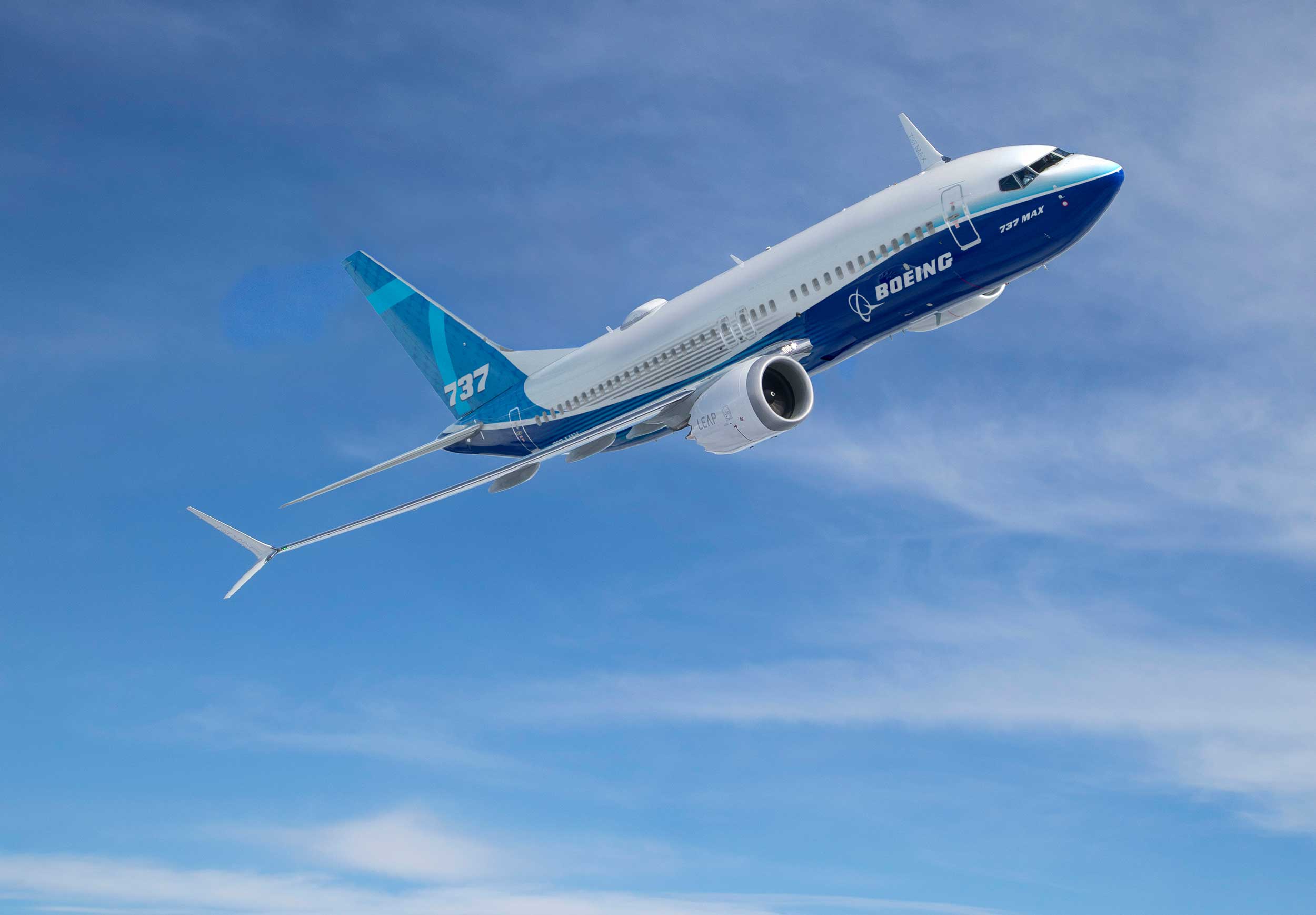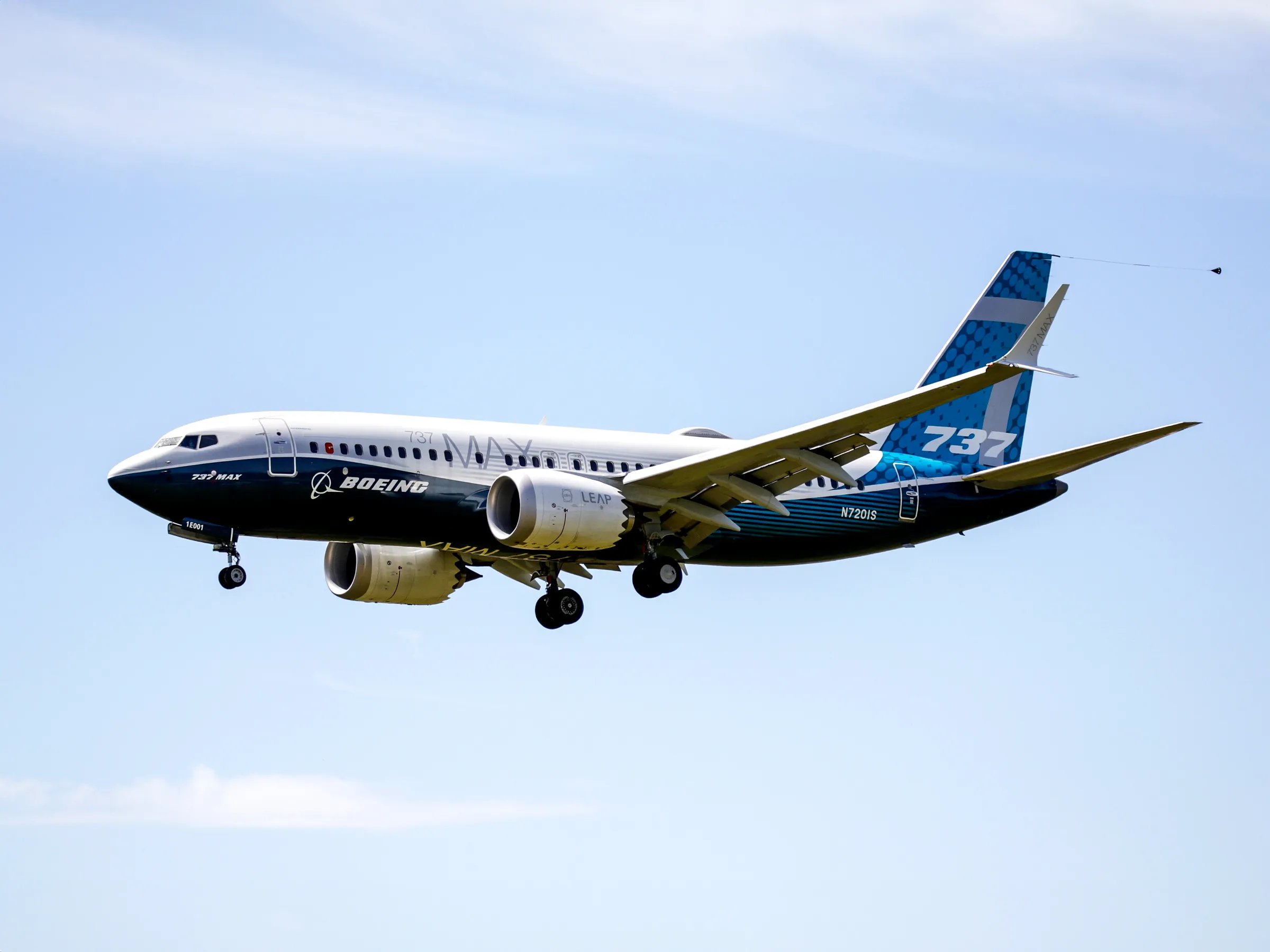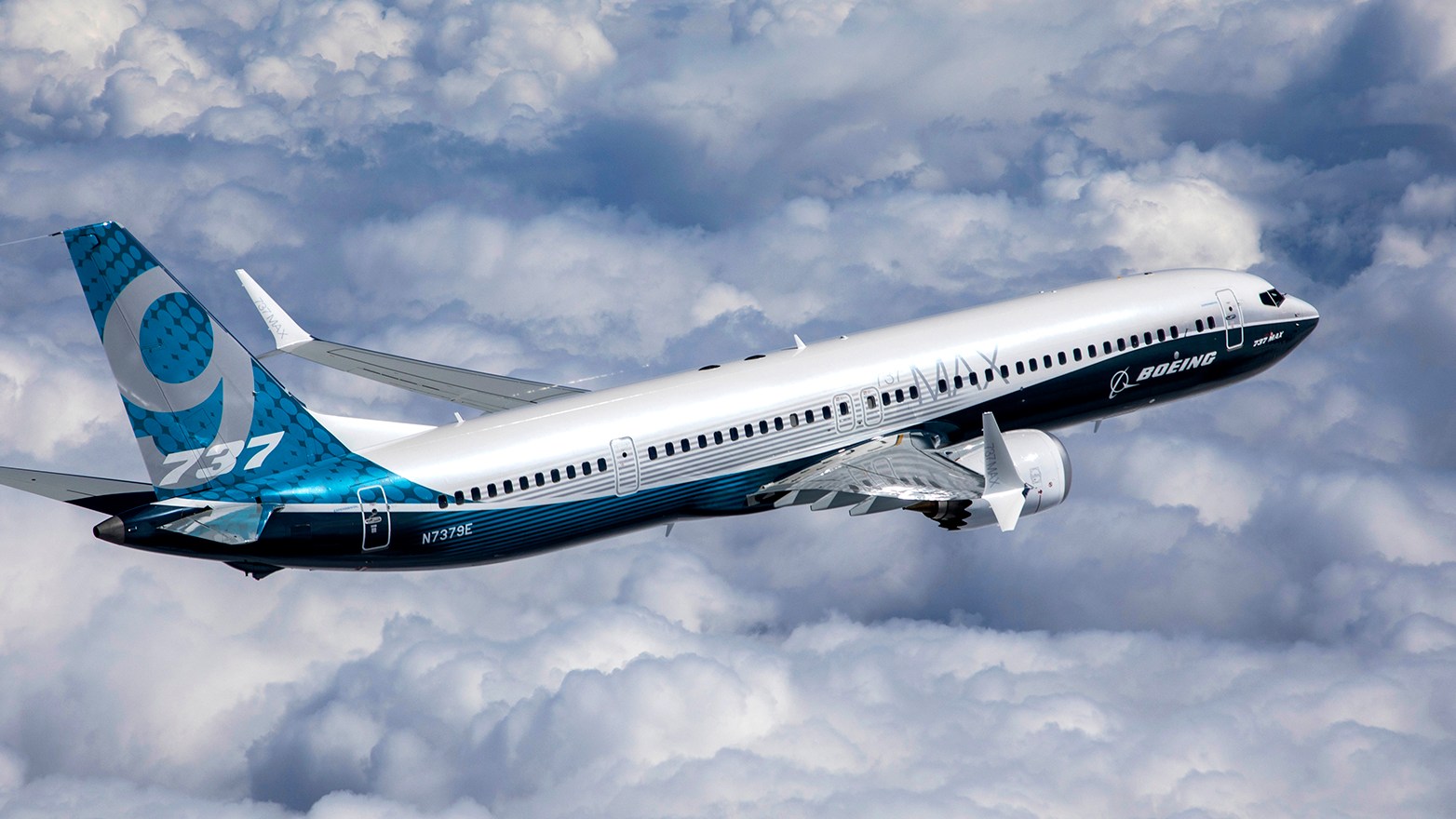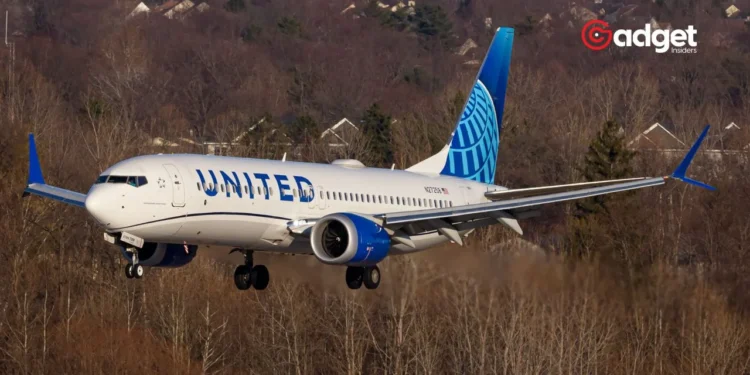Boeing, the aerospace behemoth, has been navigating through turbulent skies with its 737 MAX series, enduring financial losses and operational setbacks. Amidst these challenges, a recent incident with an Alaska Airlines flight has magnified the scrutiny on Boeing’s commitment to safety and operational excellence.
As the company grapples with these issues, it announced a significant compensation payout and a revision of its production forecasts, hinting at prolonged recovery efforts.

Financial Strains and Strategic Adjustments
In a recent financial disclosure, Boeing reported a less severe loss of $388 million for the first quarter, showing a slight improvement from the $440 million loss recorded a year prior. This figure, however, fell short of analysts’ expectations, which had projected losses to be around $1.63 per share.
Despite these numbers, the primary concern lies not with the financial loss itself but with the underlying issues plaguing its commercial airplanes unit, where operational losses nearly doubled to $1.1 billion.
The company’s revenue also saw a decline, dropping by 8% to $16.6 billion, primarily due to decreased jet deliveries. This slump in deliveries, a direct result of ongoing production and quality challenges, underscores a critical vulnerability in the aviation company’s business model, which relies heavily on the income from aircraft deliveries.
Boeing to pay $443 million to airlines for Max 9 grounding as losses and problems mount | Click on the image to read the full story https://t.co/uCOkRWOMKN
— wdsu (@wdsu) April 25, 2024
A Blow to Reputation and Safety Concerns
Boeing’s reputation took another hit with the grounding of the 737 Max 9 jets following a distressing incident on January 5, where a door plug blew off an Alaska Airlines flight shortly after take-off.
This incident led to the company agreeing to pay $443 million in compensation to affected airlines, including Alaska Air and United Airlines, which possess the largest fleets of 737 Max 9 airplanes.

This mishap has not only resulted in financial repercussions but has also triggered a series of investigations by the National Transportation Safety Board (NTSB), the Federal Aviation Administration (FAA), and the Justice Department, which could potentially expose Boeing to criminal liability.
These inquiries are part of a broader examination of the company’s safety practices and its internal culture concerning the handling of quality control and employee safety reports.
Boeing’s Commitment to Recovery and Future Outlook
In response to these challenges, Boeing’s CEO, Dave Calhoun, expressed a firm resolve to address the quality and safety issues, stating that the company is taking necessary steps to strengthen its management systems.
“We will take the time necessary to strengthen our quality and safety management systems, and this work will position us for a stronger and more stable future,” Calhoun remarked, also announcing his departure by year-end.

Despite the optimistic tone, Moody’s recently downgraded Boeing’s credit rating to Baa2, reflecting a lack of confidence in the company’s short-term recovery prospects.
This downgrade suggests that the financial community may be bracing for more bad news, with Moody’s citing persistent headwinds that could affect Boeing through 2026.
Market Reaction and the Path Forward
The market’s reaction to Boeing’s announcements and the ongoing challenges has been lukewarm, with Boeing’s shares experiencing fluctuations following the news. As the company announces no clear guidance on expected losses or profitability timelines, investors remain cautious.
Calhoun remains hopeful, targeting a future positive cash flow of $10 billion annually, albeit acknowledging that this goal is likely to be achieved later than initially planned.
While Boeing continues to face headwinds, the company’s strategic adjustments and renewed focus on quality and safety could pave the way for its long-term stabilization and recovery.
However, the path forward remains fraught with challenges, as Boeing must navigate not only operational and financial hurdles but also work diligently to restore trust among its stakeholders and the flying public.










